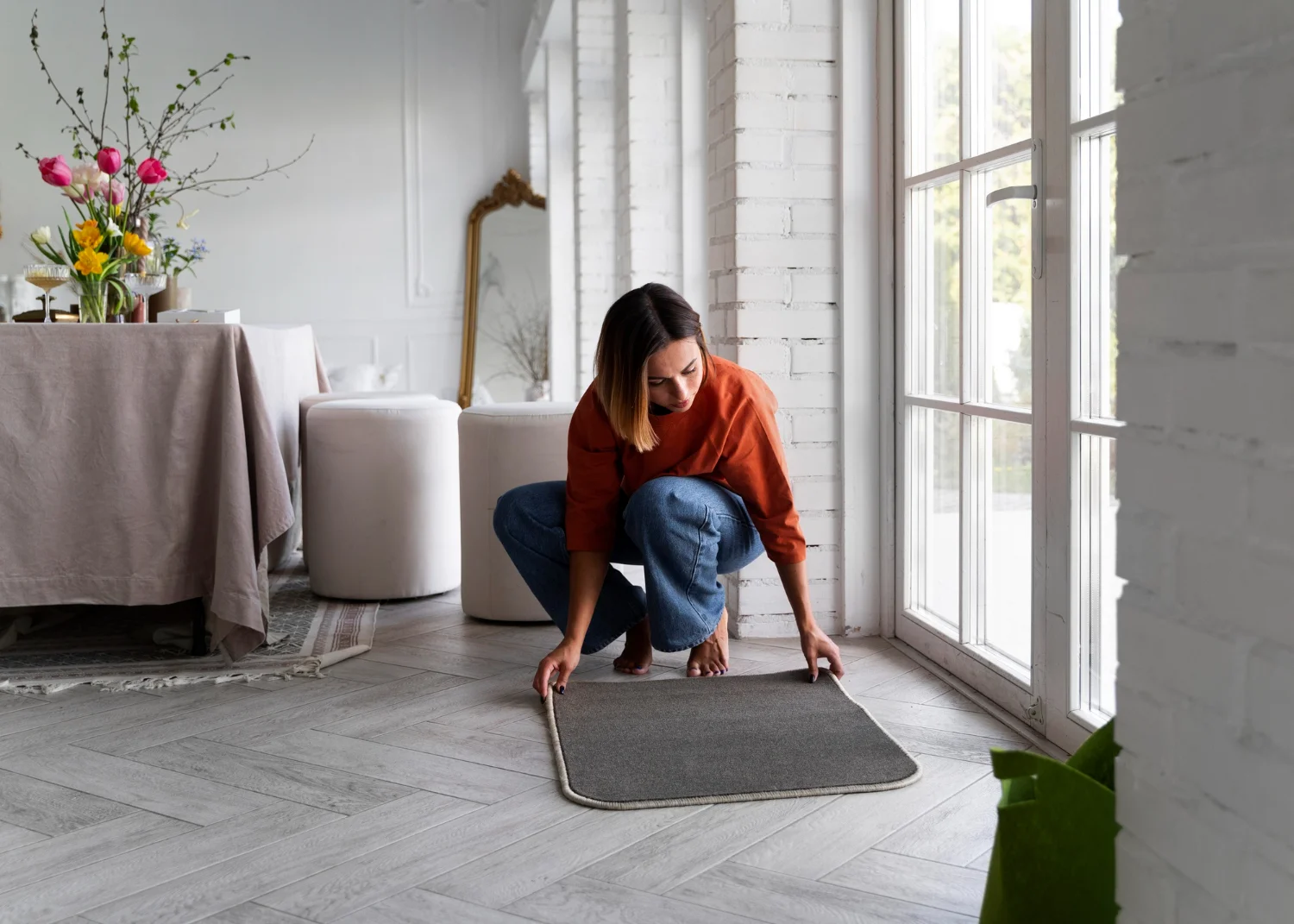A Journey Begins in Winter
It was a chilly winter morning when Clara first discovered the magic of warmth woven into fabric. She had been hiking through snow-covered trails in a small European village, where locals spoke of wollmatten as more than just a textile it was a companion of comfort and resilience. Wrapped in a dense, soft mat of wool, Clara felt not only protected from the bitter winds but also connected to a tradition passed down through generations. This moment was the spark that revealed the hidden depth of a material that had quietly shaped homes, cultures, and lifestyles.
Understanding the Essence of Wollmatten
Wollmatten are traditionally crafted wool mats, recognized for their durability, insulation, and eco-friendly nature. Unlike synthetic options, these mats retain natural fibers that breathe, resist dirt, and regulate temperature. For centuries, they have been used not only as floor coverings but also as protective layers in construction and interior design. Their strength lies in the ability to combine functionality with beauty, serving as both practical household items and artistic expressions of craftsmanship.
The Origins and Historical Roots
The history of wollmatten can be traced back to rural communities where sheep farming thrived. Wool was abundant, and artisans discovered innovative ways to process, compress, and shape it into mats. These mats were not just utilitarian; they symbolized resourcefulness and a deep respect for nature. Villages across Europe often treated them as heirlooms, passed from one generation to the next.
Traditional Techniques of Crafting
Creating authentic mats involves cleaning raw wool, felting, and pressing it into dense layers. Some regions incorporate plant dyes for natural coloring, while others preserve the creamy shades of unprocessed wool. Despite modernization, many artisans still rely on these time-honored techniques to preserve authenticity.
Benefits That Stand Out
The reason wollmatten still hold relevance in modern living lies in their undeniable advantages.
Natural Insulation and Warmth
Wool fibers trap air, creating a cushion that naturally insulates against cold floors. This makes them ideal for winter homes, mountain cabins, or minimalist interiors seeking coziness.
Durability and Low Maintenance
These mats are resistant to wear, moisture, and dust accumulation. With proper care, a single mat can last decades, reducing the need for constant replacement.
Eco-Friendly and Sustainable Choice
Unlike plastic-based floor coverings, wollmatten are biodegradable and renewable. Choosing them supports sustainable living and reduces the carbon footprint.
Modern Applications in Design
While their traditional role remains important, contemporary designers have embraced these mats for innovative uses.
Home Interiors and Cozy Living
In modern homes, they serve as stylish rugs, wall hangings, or even layered elements in minimalist Scandinavian designs. Their earthy tones pair beautifully with natural wood and neutral palettes.
Use in Construction and Architecture
Some architects employ thick mats as natural insulation within walls and flooring systems. Their sound-absorbing qualities make them a sustainable alternative to synthetic insulators.
Cultural and Artistic Symbolism
Artisans often treat each mat as a canvas, weaving patterns that reflect cultural stories, myths, and landscapes. This turns a functional product into an object of storytelling and identity.
Choosing the Right Wollmatten
For those considering bringing one into their home, a few factors matter:
-
Size and Thickness: Larger mats work for living spaces, while thinner versions suit hallways.
-
Color and Texture: Natural shades suit rustic interiors, while dyed options can brighten modern rooms.
-
Source and Authenticity: Supporting local artisans ensures quality and ethical production.
Caring for Your Investment
Maintaining these mats is straightforward. Regular shaking removes dust, while occasional airing in fresh sunlight keeps them fresh. Spot cleaning with mild soap is usually enough to handle stains. Avoiding harsh chemicals ensures the fibers retain their natural strength.
Wollmatten in the Future of Sustainability
As consumers shift toward eco-friendly living, the demand for natural, durable products is rising. Wollmatten fit perfectly into this movement by blending tradition with sustainability. With designers, homeowners, and architects adopting them, their role in shaping greener lifestyles looks promising.
Conclusion: A Heritage That Lives On
From Clara’s snowy hike to contemporary urban homes, the journey of wollmatten continues to inspire. They represent more than just wool pressed into mats they embody tradition, warmth, and a commitment to sustainable living. Whether used in homes, cultural expressions, or architecture, their story proves that sometimes the simplest materials carry the greatest wisdom. By choosing wollmatten, we embrace not only comfort but also a way of life that honors nature and preserves heritage.


